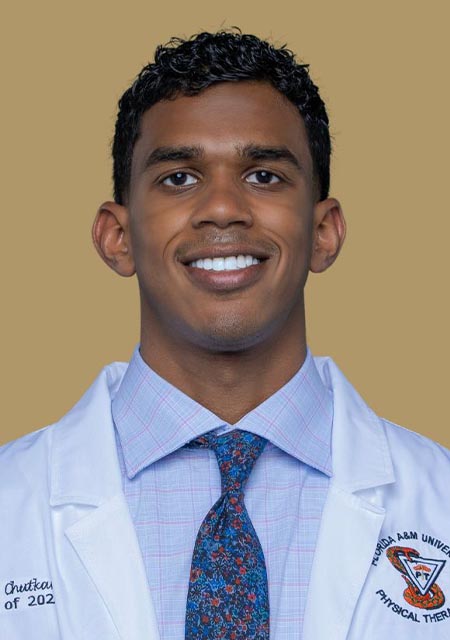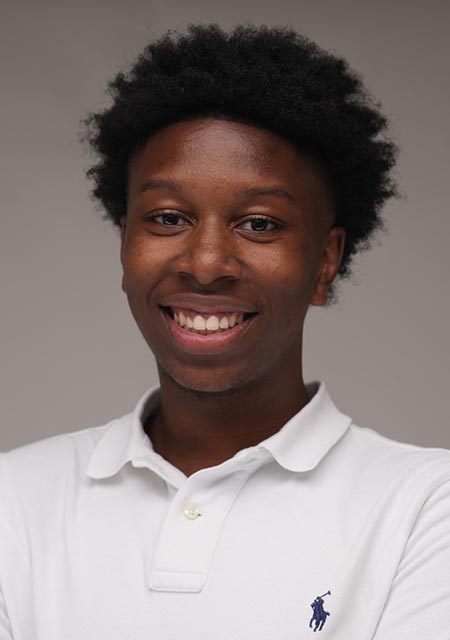Health Science Pre-Physical Therapy (Pre-Clinical), B.S.
The Health Science Pre-Physical Therapy undergraduate degree major is a pre-clinical track which includes all of the courses required for application for admission to graduate professional physical therapy programs.
As described by the Division of Physical Therapy, students pursuing graduate study would seek to become members of a profession involving the evaluation and treatment of individuals with movement disorders, disabilities, injuries caused by a variety of problems, such as musculoskeletal, neurological, and cardiovascular disorders and aging. Physical therapists treat individuals of all ages (across the lifespan) restoring function and promoting independence.
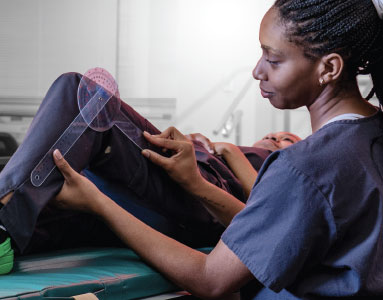
What is physical therapy?
Physical therapists aid people experiencing pain or discomfort caused by injuries, illnesses, or surgeries. They then develop and monitor customized treatment plans that help their patients recover and improve their quality of life.
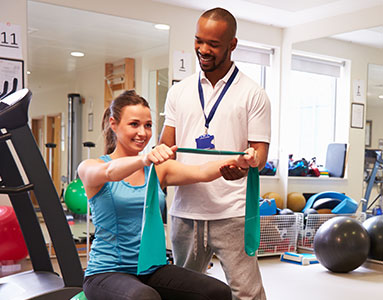
Physical Therapy Careers
Physical therapists work in various environments, from hospitals to private clinics to schools. Physical therapy is a profession with many career options. Physical therapists can work in:
- Acute Care
- Rehabilitation Hospital
- Outpatient Clinic
- Preschool/School
- Sports/Fitness
- Home Health
- Hospice
- Women’s Health
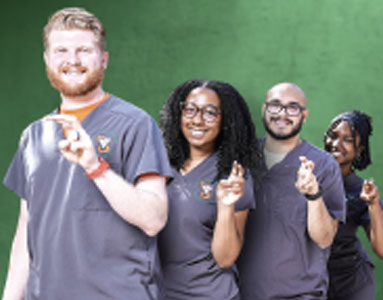
Physical Therapist Salary Expectations
In 2020, the average physical therapist made:
- an average of $44.08 an hour
- a median salary of $91,010
- the top 25% made an average of $106,060 annually
- the bottom 25% percent made an average of $75,360 annually
The states with the highest employment rates for physical therapists are:
- California
- New York
- Texas
- Florida
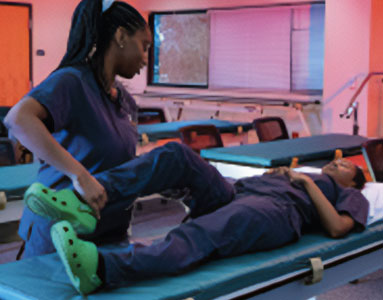
Physical Therapy Frequently Asked Questions (FAQs)
Q: What is a PT's work schedule like?
A: Most PTs work full-time. They typically work a regular workweek, but some may work
nights, weekends, or holidays.
Q: What are some other jobs i can acquire with a PT degree?
A: Those interested in becoming physical therapists might also consider careers as athletic
trainers, occupational therapists, or chiropractors.
Q: What is the work environment like for a physical therapist?
A: Physical therapists usually have quite busy work days. They spend much of their time
on their feet and moving around. They are also sometimes required to lift and move
patients.
Are you thinking about pursuing a career in Physical Therapy? Our program prepares students to become highly-trained actuarial scientists.
If you are thinking of majoring in physical therapy, consider what some of our own Rattlers had to say about FAMU's DPT program, what inspired them, and why they chose physical therapy as a career.
One of the great parts about FAMU's DPT program is being able to experience the true feeling of FAMUly. Our program is one of the smallest, most exclusive, in the nation, which allows you to form strong bonds with students and professors around the Lewis-Beck building. The DPT faculty is equipped with professors from multiple disciplines as well as extremely experienced, and current clinicians. This variety of background amongst our educators allows us to build real-world, clinically based knowledge that prepares us to enter the workforce as competent clinicians.
I love being apart of the School of Allied Health Sciences & being a Pre-Physical Therapy Scholar because I am surrounded by a family of people with the same interests and presented with many new & unique opportunities to help further education and prepare me for the future.
Program Faculty






